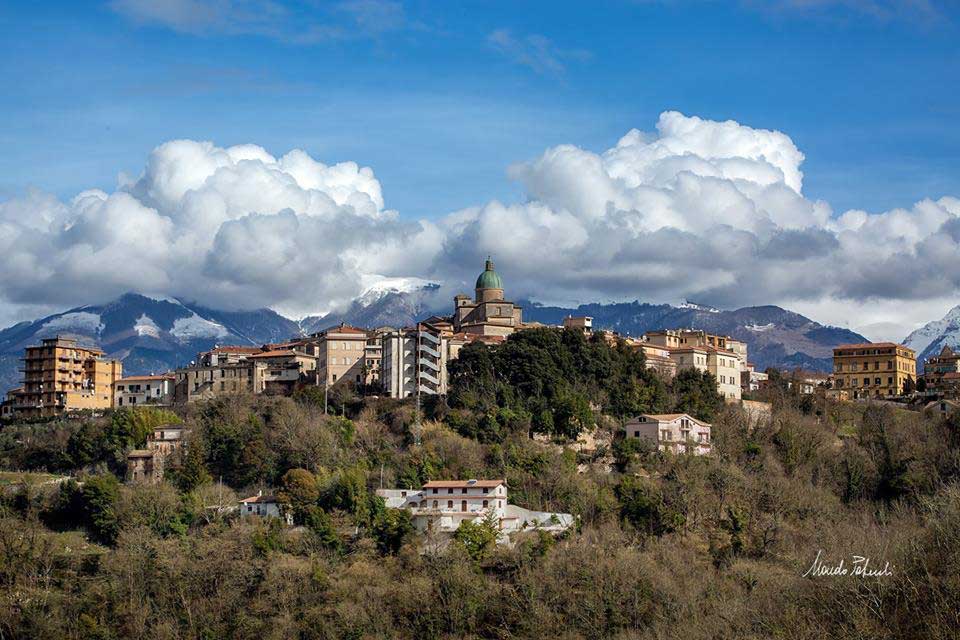
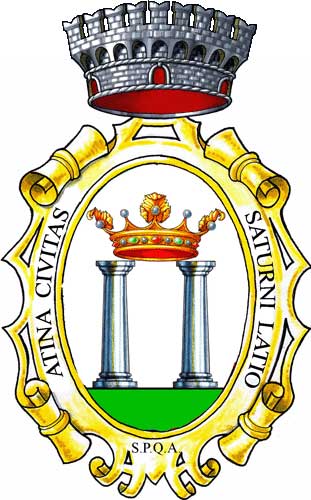
Atina is a medieval village on a hill overlooking the Comino Valley. The legend says it was founded by Saturn in the mythical golden age, along with other 5 cities of Lazio which begin with the letter A. It had been a Volsca town along the road that joins Sora to Cassino. It was mentioned in Virgil's Aeneid.
In the fourth century BC it was among the cities of the Sannitica League against Rome. It had a certain importance also for its proximity to the iron mines of Mount Meta.
Conquered by the Romans, it became part of the Teretina tribe and then a prefecture and then a municipality. Cicero calls it "Atina mother of many illustrious men, so much so that no city in Italy can be said to be richer." Remains of polygonal walls are found encompassing an area larger than the town, giving some credence to these words of Cicero.
Destroyed by the Lombards, it was rebuilt in 626 and became part of the domains of Monte Cassino, then the Duchy of Benevento, in the county of Capua, then the unified kingdom of the Normans, the Kingdom of Naples and the Two Sicilies.
The exploitation of the iron mines of Meta, to which the history of Atina and the Comino Valley belong, has continued until modern times. In 1774 an ironworks was constructed that closed in 1799 during the French occupation. In 1852 the Bourbon government began the construction of an ironworks which was stopped with the Piedmontese occupation of 1860.
Atina is home to a Atina DOC red wine based on up to 70% cabernet sauvignon and other permitted types that are grown in the local alluvial soils.



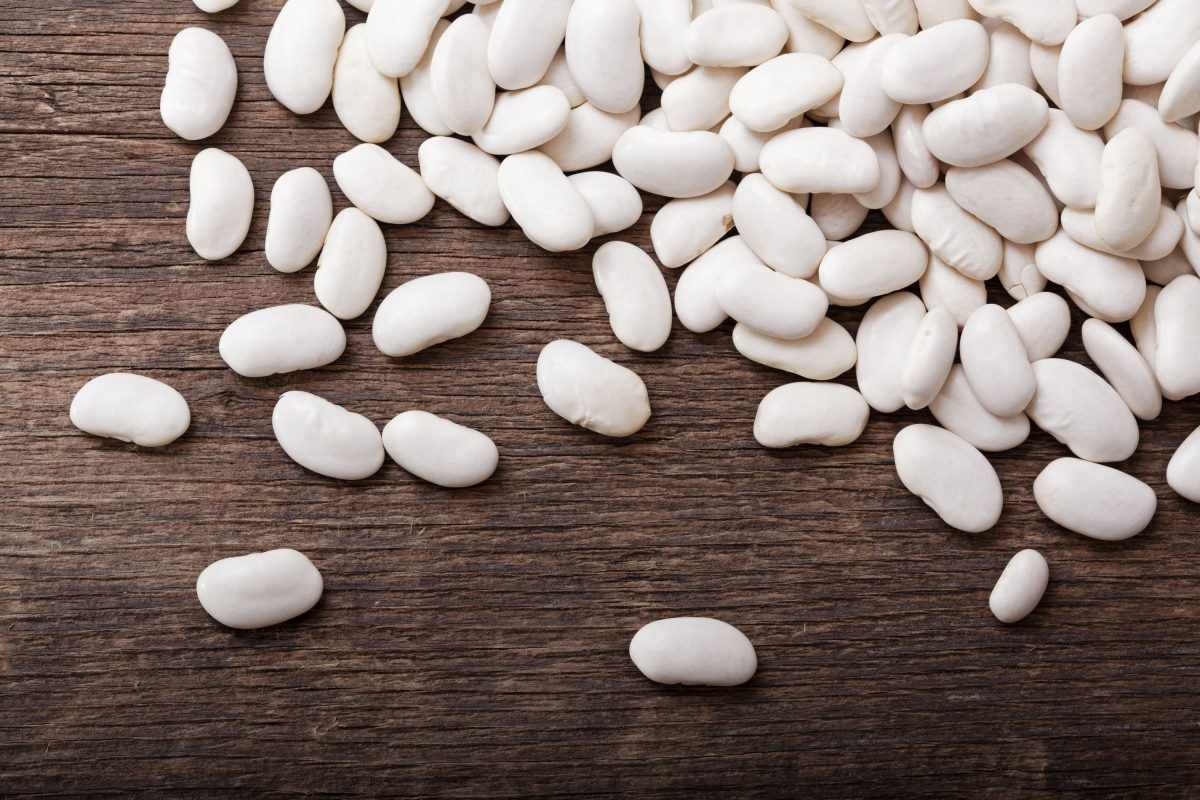

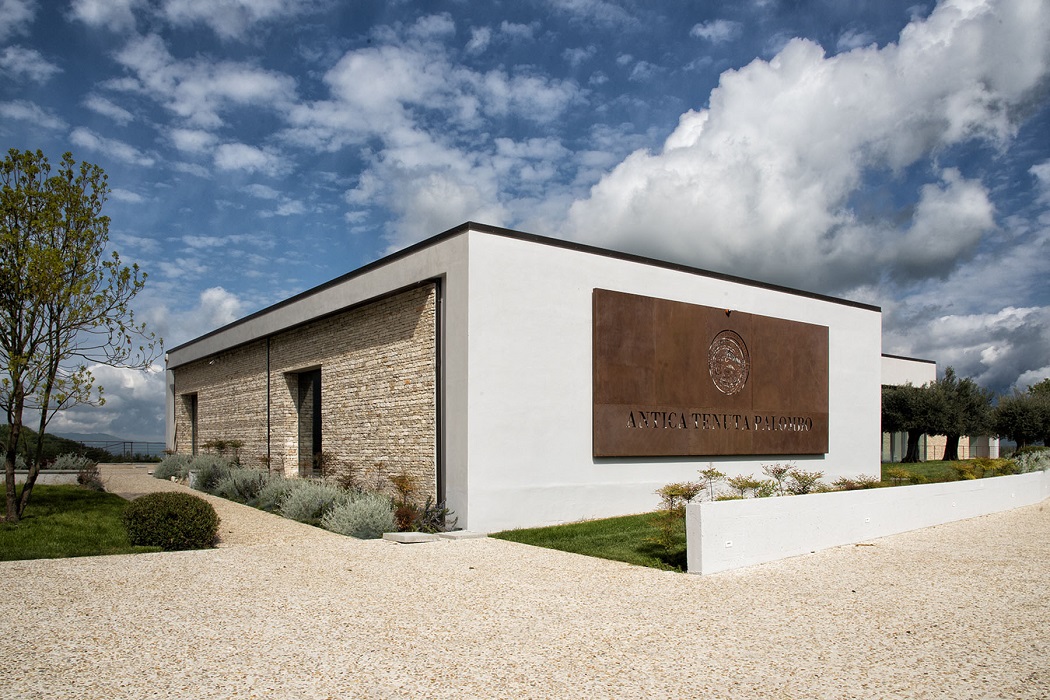

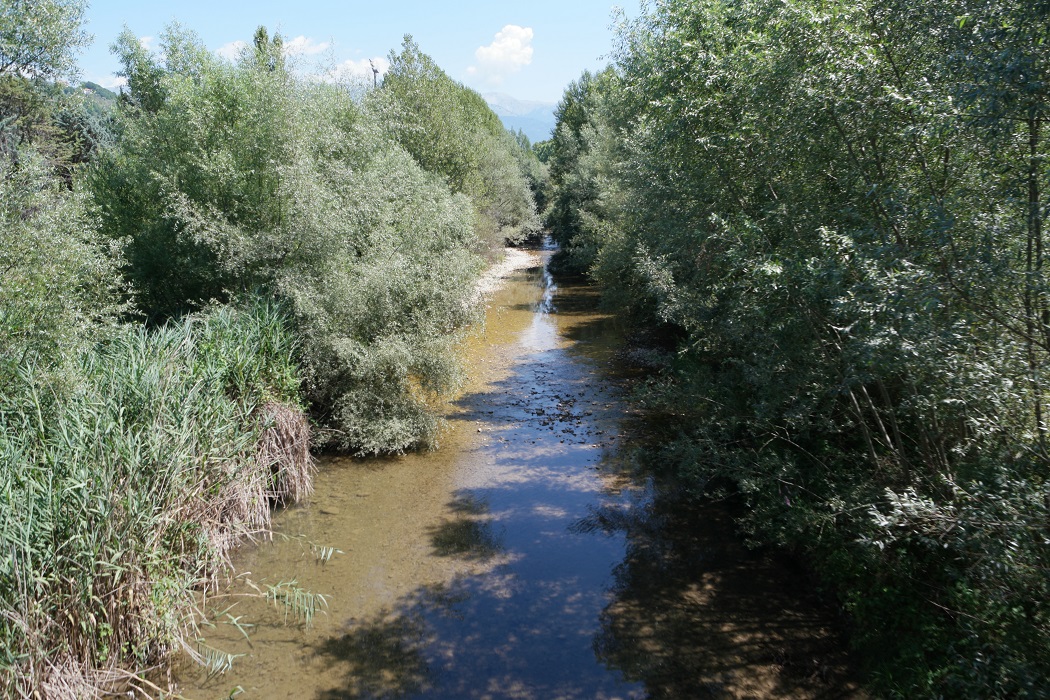
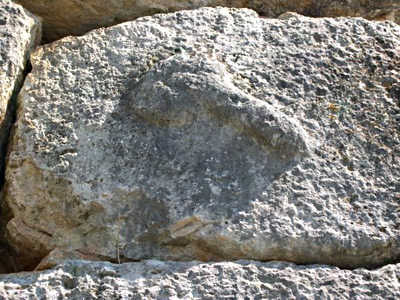


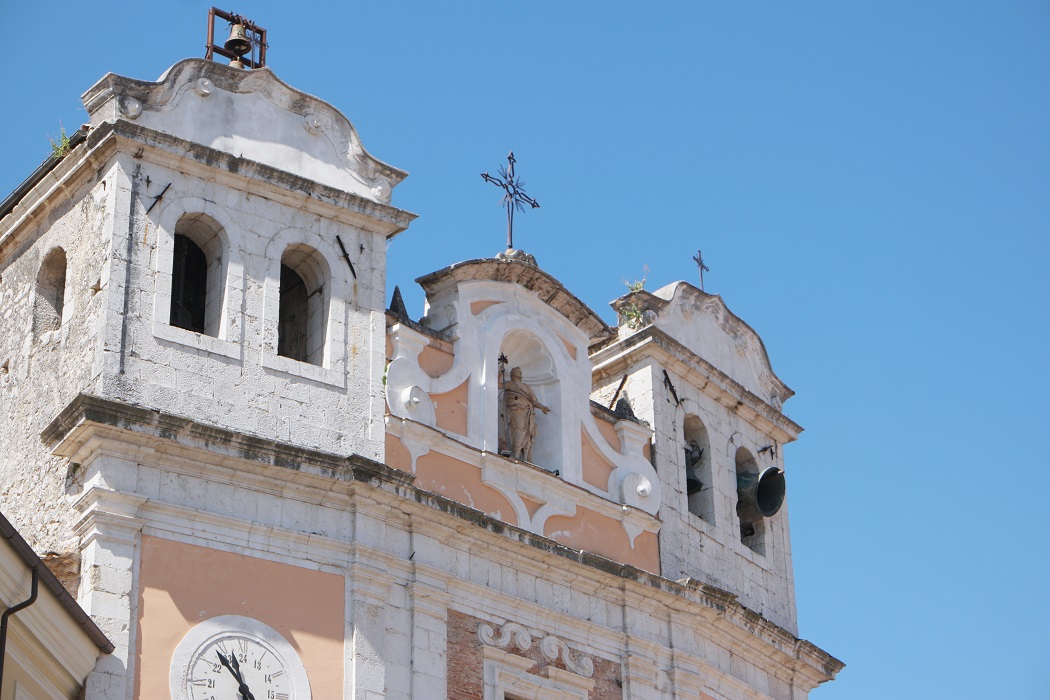
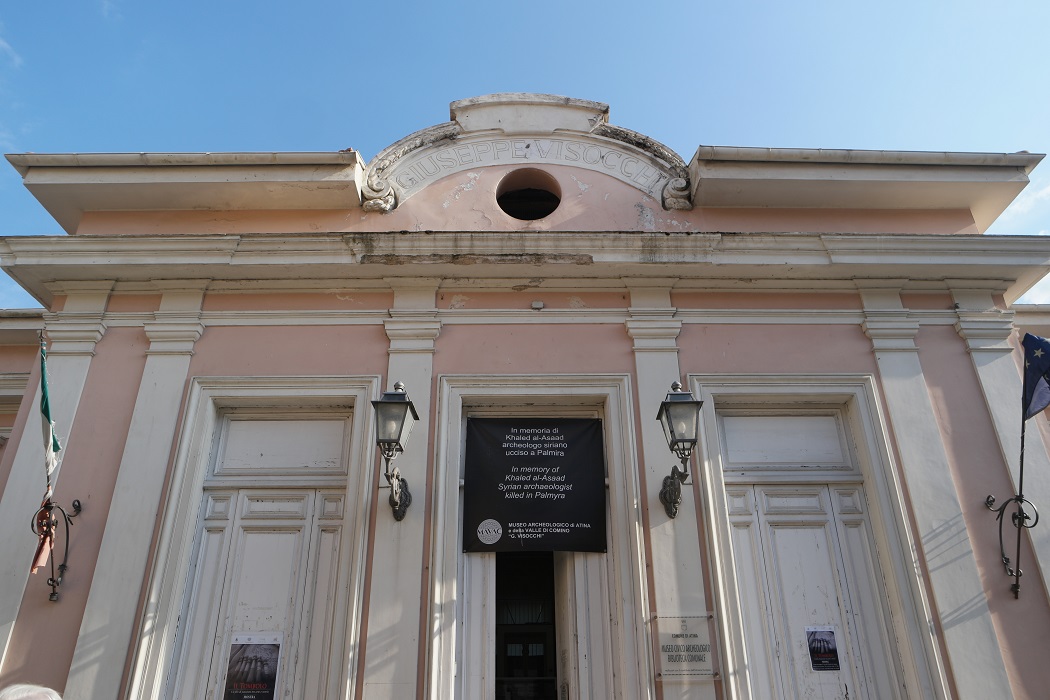
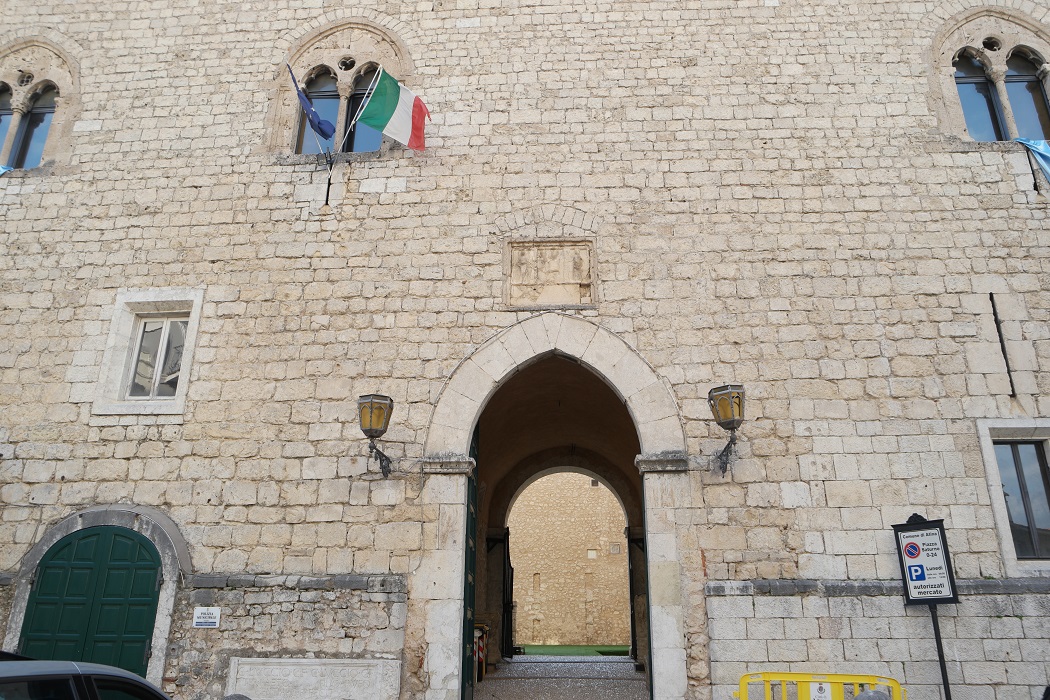
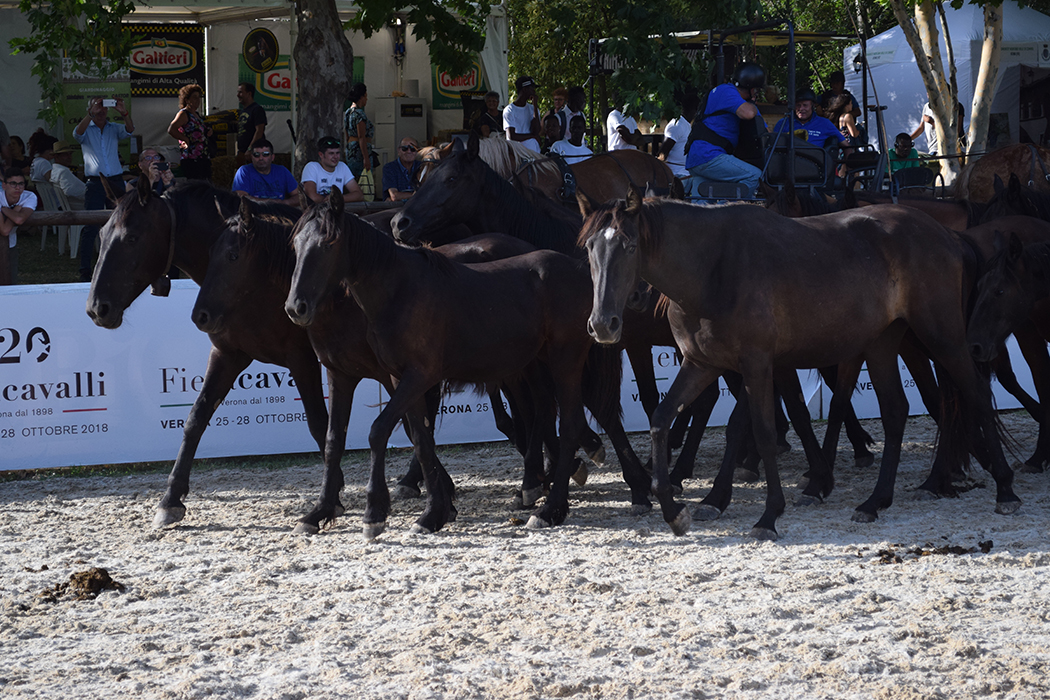
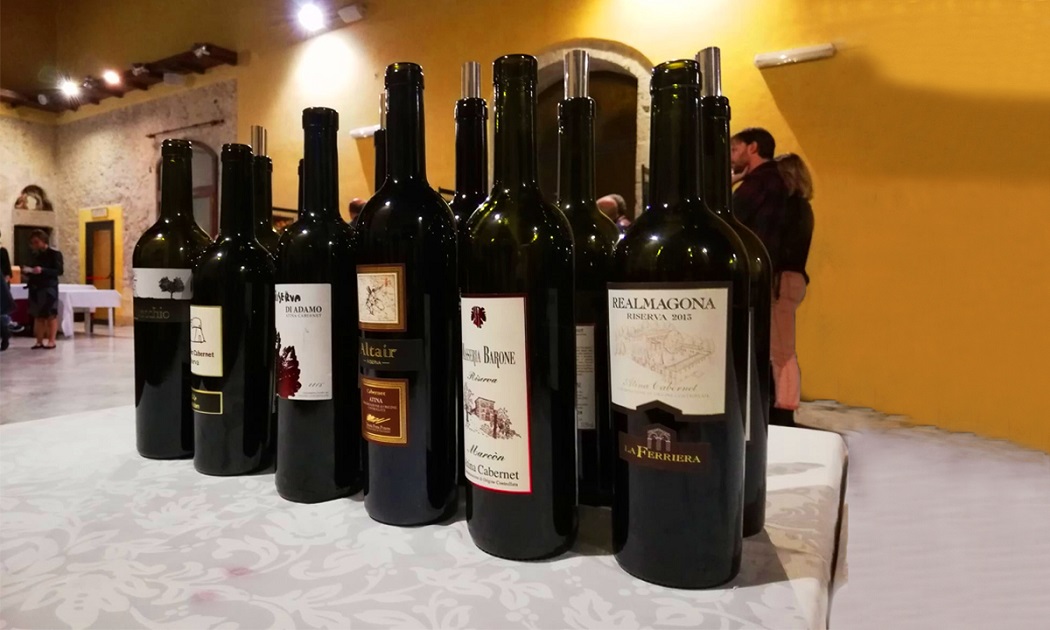




Follow us